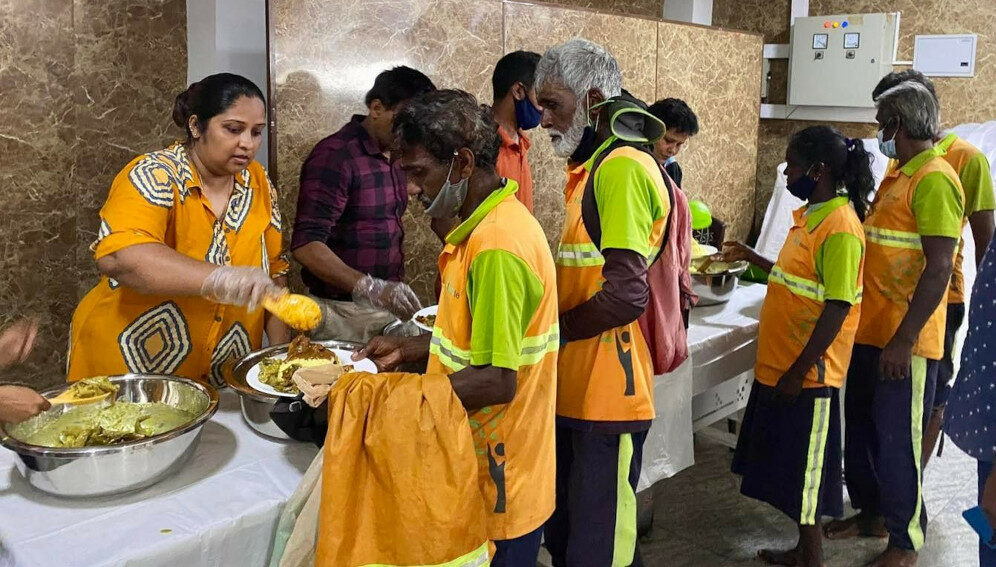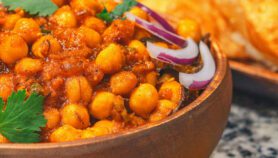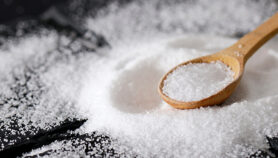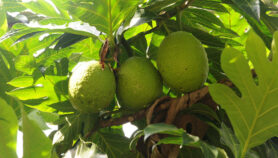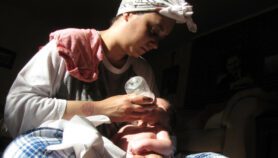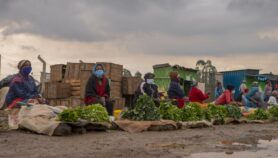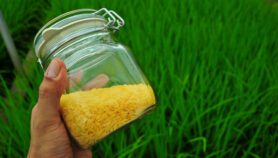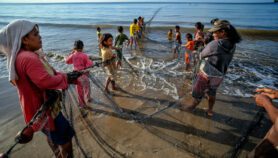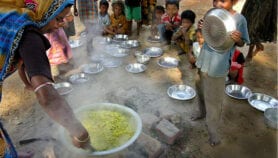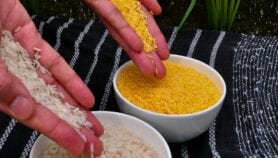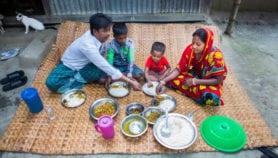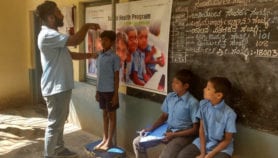By: Malaka Rodrigo
Send to a friend
The details you provide on this page will not be used to send unsolicited email, and will not be sold to a 3rd party. See privacy policy.
Sri Lankans face malnutrition amidst unemployment and soaring food prices.
[COLOMBO] The principal of the Ganthalawa school in the rural village of Kanthale, Sri Lanka, received an unusual request from a female student — she wanted to change her class because her classmate had stopped sharing meals with her and she hoped to find someone else who might be willing to share food during school meal times.
The girl’s father, a labourer, was out of work as a result of Sri Lanka’s economic meltdown and the whole family often went to bed hungry. Any food shared by a willing classmate was vital for Amaya (name changed) to survive.
According to a report on Sri Lanka by the Crop and Food Security Assessment Mission, run jointly by the Food and Agriculture Organization of the United Nations (FAO) and the World Food Programme (WFP), two in every five households had their incomes reduced by more than 50 per cent compared to the corresponding three-month period in 2021.
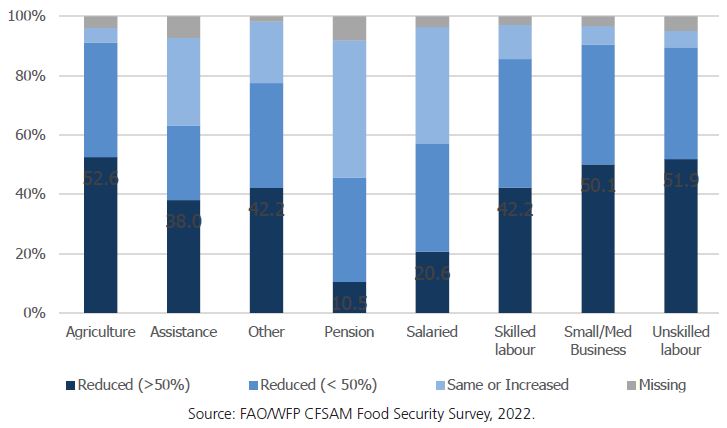
Change in income by major source of income. Image credit: September 2022. Food and Agriculture Organization, World Food Programme. Crop and Food Security Assessment Mission to the Democratic Socialist Republic of Sri Lanka. (CC BY-NC-SA 3.0).
Labourers like Amaya’s father and those working in the agriculture sector found themselves caught in a pincer of lack of employment and soaring food prices.
Food inflation reached 94.9 per cent in September, a devasting blow to poor families already struggling with meals every day. Rice, the staple in Sri Lanka, now costs 210 rupees (Rs) (US$0.57) per kilogram, more than double the rate at which it was selling last year at Rs 100 (US$0.27). Chicken, which was selling at Rs. 680 (US$1.85) per kilogram last year, now sells at Rs.1,465 (US$4.00).
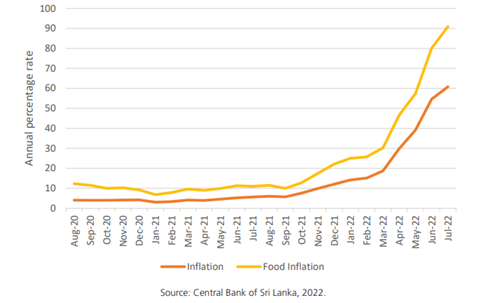


General and food inflation. Image credit: September 2022. Food and Agriculture Organization, World Food Programme. Crop and Food Security Assessment Mission to the Democratic Socialist Republic of Sri Lanka. (CC BY-NC-SA 3.0).
Sri Lanka started floating the US dollar in February, which jumped to over Rs 350 against Rs 200 in the previous year. A litre of diesel now costs Rs. 510 (US$1.51), twice what it cost earlier this year when it was just Rs 254 (US$0.69) back in March this year.
Sri Lanka banned agrochemicals in April 2021 to promote organic farming and to cut on fertiliser importation. But this exercise backfired as organic fertiliser was not as productive as the use of chemical fertilisers. It is expected this would result in a decline of yields, particularly of rice and corn, by about 40 per cent in 2022 according to the FAO-WFP food security assessment.
The report also said approximately 8.7 million people (39.1 per cent of the population) were not consuming an adequate diet. The situation has worsened since the third quarter of 2021 when the Medical Research Institute, a government health research agency, found only 3.4 per cent of households taking in an adequate diet.
Around 60 per cent of households are adopting coping strategies because they did not have enough food or money to buy food. Nearly a fourth of households had reduced the number of meals consumed daily and close to half reported limiting portion sizes. Worst-hit among the estate workers are those coming from tea plantations that are already under the poverty line where four in every five households (79.1 per cent) were regularly skimping on food.
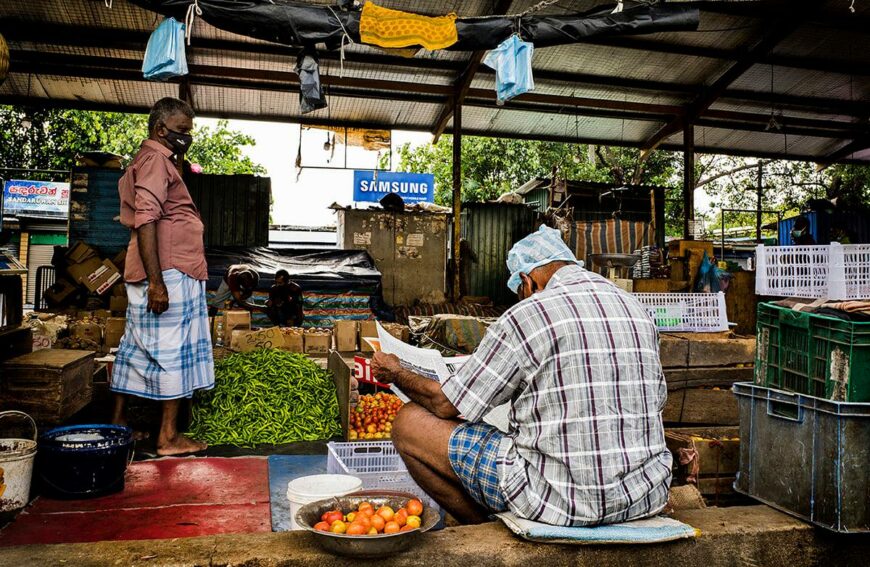


Prices have gone up and customers dried down. Image copyright: Fonny de Fonseka
“We still manage all three daily meals for the kids, but my husband and I make do with two meals, skipping breakfast and having brunch before noon,” Kalani Salgado, a working mother who has two school-going children, told SciDev.Net. “We used to buy fish and meat regularly, but now we can afford these items only a few times a month.”
Other coping strategies included dipping into savings, buying food on credit, borrowing money, or pawning jewellery. Once these strategies were exhausted, households resorted to further tighter measures, impacting their capacity to generate incomes. The FAO-WFP report indicated that by June 2022, about 23 per cent of Sri Lankan households had taken to selling productive assets such as farming equipment or vehicles, reducing essential healthcare expenses, and withdrawing children from school.
Fear of malnutrition
As household purchasing power dwindle the worry is malnutrition. According to the Crop and Food Security Assessment Mission, the nutritional content of diets consumed by households was poor, with diets in the worst-off households lacking protein and iron-rich foods.
Pregnant and lactating mothers as well as children were the most vulnerable. In November 2021 the country stopped distributing Thriposha, a nutritional supplement meant for pregnant and lactating women and children. The budget for school meals was cut by two-thirds in January 2022, seriously impacting the scheme.
“Government understands the dire situation and is trying to put some remedy to slow the impact and has already prepared Emergency Nutrition Plan 2022—2024,” says Ranjith Batuwanthudawe, the head of the Health Promotion Bureau of the Ministry of Health. “We do plan to focus on district-level strategies to address the issues of any malnutrition situation and food security,” he said.
“We used to buy fish and meat regularly, but now we can afford these items only a few times a month”
Kalani Salgado, working mother
Some relief does come from donors and social activists. After learning of Amaya’s story, a temple in the region came forward to arrange food for the students of the Ganthalawe school and others in the area.
In response to the ongoing crisis, the WFP implemented an emergency operation in June with a goal to provide food and nutrition assistance to 3.4 million people. This support includes the distribution of emergency food assistance – such as cash, vouchers and food commodities – to 1.4 million people, helping families access a nutritious diet.
The WFP will also assist the Sri Lankan government in its national school meal programme by providing rice so that one million children will continue to receive their daily meals in schools. They will also procure key ingredients – maize and soya – for the production of Thriposha so that one million young children and pregnant and breastfeeding women continue to receive this nutritional supplement.
Community kitchens
Meanwhile, a ‘community kitchen’ programme was initiated by the Sarvodaya Shramadana Movement, a local non-profit organisation that has focused on alleviating poverty since 1958. Under this concept, the community pools resources and cook meals with materials donated by the community or outside donors.
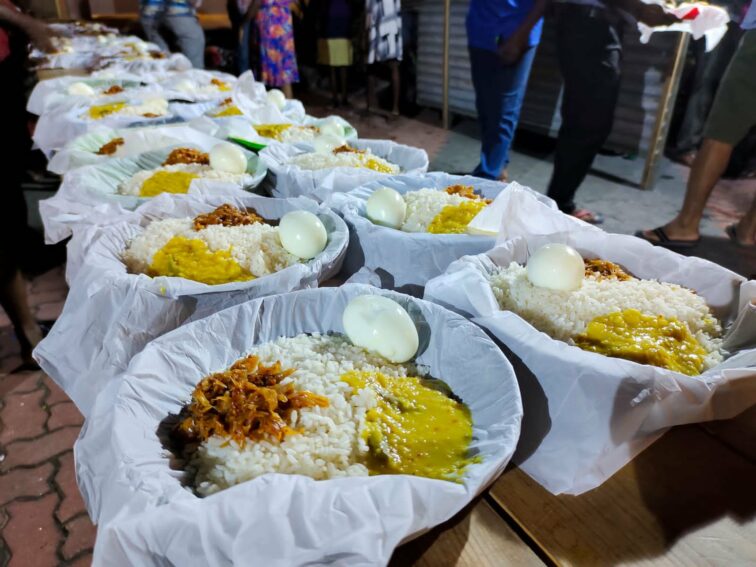


Healthy meal ready to be served in a “community kitchen”. Image copyright: Sarvodaya Shramadana Movement.
“Because of COVID-19, at least 500,000 had fallen below the level of poverty and the present economic crisis pulled thousands more into poverty so that what is now a social crisis can quickly escalate into a humanitarian crisis,” says Vinya Ariyarathne, general secretary of Sarvodaya.
The community kitchen is not a new concept and was successfully implemented during the global 1972 food crisis, says Malani Balasooriya, coordinator for Sarvodaya, which is also setting up village food banks and exploring the potential of home gardening and community farming to cultivate basic food items.
Sri Lanka’s situation is critical, but not insurmountable, says Vimlendra Sharan, FAO representative for Sri Lanka and the Maldives. “At FAO we are working to boost agriculture production and protect the most vulnerable farmers and fishers from the worst impacts of the crisis so that they are not compelled to abandon their livelihoods,” he said.
If Sri Lanka invests in technology, innovation, and evidence-based decision-making, the country can make significant strides toward becoming a food-secure nation in the future, Sharan says. Sustainable practices that increase yields while managing costs and protecting natural resources are key, the FAO representative added.
In the short-term though, the food security situation is expected to worsen from October 2022 to February 2023 as domestic production declines and the country lacks the hard currency needed to import food.
“As the whole world is engulfed in various crises, Sri Lanka needs to stride carefully and not to let the situation escalate into a humanitarian crisis,” warns Ariyarathne.
This piece was produced by SciDev.Net’s Asia & Pacific desk.


